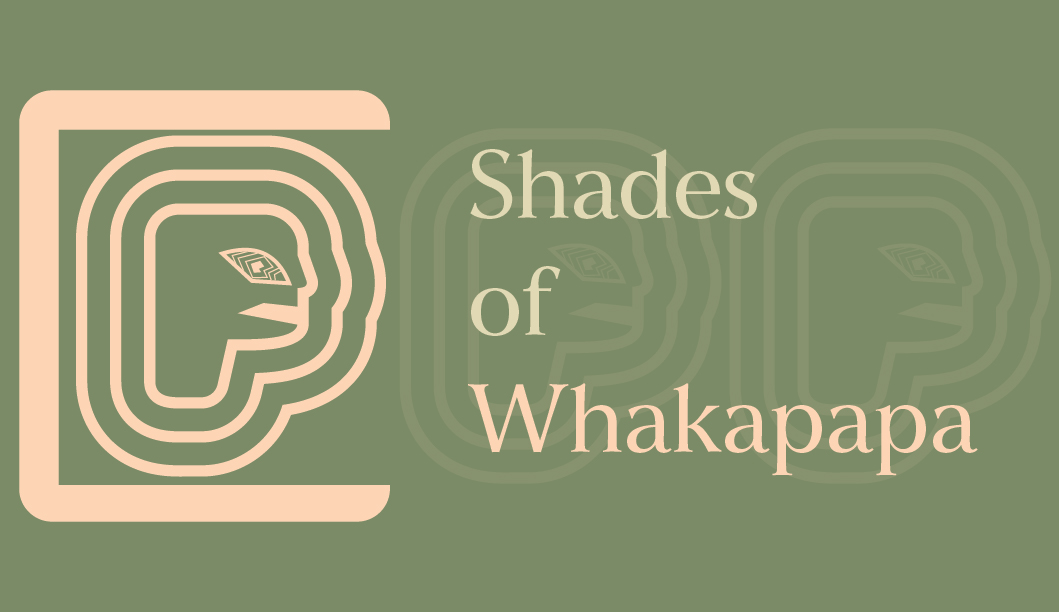
Written by Kata Roberts
According to my AncestryDNA results, I’m made up of 63% European and 37% Māori heritage, which basically means I’m a walking Treaty negotiation. I’m proud of both sides, but it’s the Māori side I’ve always felt more connected to. That’s why it stings when I don’t always feel like I belong, not because of whakapapa, but because of something far more superficial: my skin colour. I am a White Māori.
Now, my mum, she’s got the darker complexion that clearly signals her Māori roots. But somehow, she and the milkman both carried the elusive “pakeha gene,” resulting in one out of four of us kids popping out with the skin tone of the stuffing fresh out of the hāngi pit. That lucky one? Me.
Ah, adolescence. That magical time of growth, confusion, and, in my case, an identity crisis wrapped in sunburn. Thanks to Mum’s beautiful, rich brown complexion and my cooked pasta skin tone, people didn’t always clock that we were, you know, related. So naturally, strangers and even whānau would ask things like, “Whose child are you babysitting?” or “Where’d you adopt this one from?” Mum would laugh; I’d cry on the inside. I was eight, still figuring out how to tie my shoelaces, let alone handle casual racism.
Somewhere along the way, I learned the word people used for someone like me: half-caste. It was usually said with a smile, sometimes even a chuckle, like it was a harmless nickname. But the weight it carried? Heavy. “Half-caste” makes it sound like identity is something you can dilute. Like whakapapa works like cordial: add too much water (or, you know, Pākehā ancestry), and suddenly your culture’s not strong enough to taste anymore.
And that’s when the pressure kicks in. You start to feel like your culture is something you have to earn instead of something you’re born with. Like you need to perform your Māoritanga to be accepted , speak better reo, know your pepeha by heart, maybe even get a tā moko just to prove you belong. But that’s the thing: no one should have to prove who they are.
This isn’t just my story. Many Māori who don’t “look Māori enough” face similar questions, both from strangers and sometimes from within our own communities. The idea that there’s a single way to “be Māori” ignores the reality of our whakapapa: it’s diverse, layered, and unbroken. According to the last census, nearly half of Māori in Aotearoa also identify with at least one other ethnicity. Being mixed doesn’t make us any less Māori, it just makes the conversation about belonging that much more complicated.
Whakapapa doesn’t come with a colour chart. Your journey might look different from your cousins’, but it’s no less valid. Whether your reo is fluent or still finding its feet, whether your skin is pale or brown, whether you’re confidently standing on the marae or quietly edging towards it, and that is kei te pai. You belong and that’s what matters most.